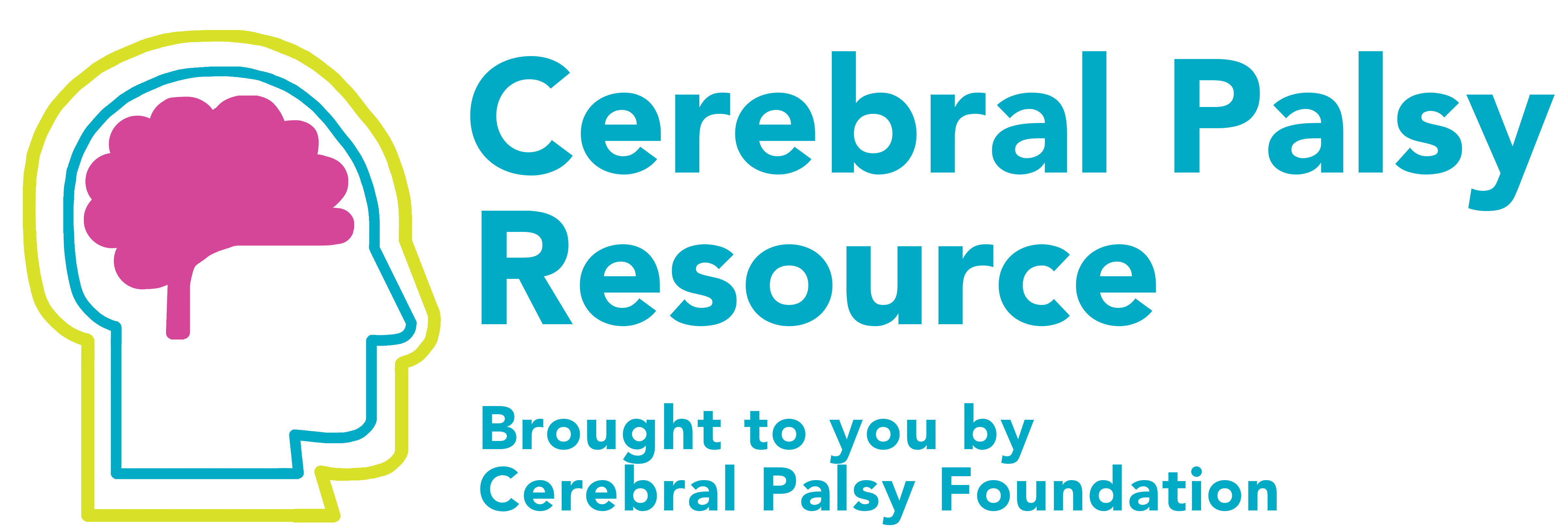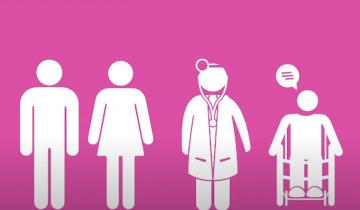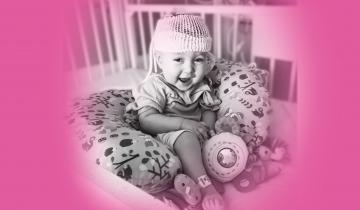Purpose of review: Cerebral palsy is the most common physical disability of childhood, but the rate is falling, and severity is lessening. We conducted a systematic overview of best available evidence (2012-2019), appraising evidence using GRADE and the Evidence Alert Traffic Light System and then aggregated the new findings with our previous 2013 findings. This article summarizes the best available evidence interventions for preventing and managing cerebral palsy in 2019.
Wondering what to expect if your child has an appointment with a pediatric orthopedic surgeon? Still confused about the different types and levels of cerebral palsy? Dr. Hank Chambers, who is also the father of an adult son with CP, talks about different considerations for different ages and stages of a child with cerebral palsy.
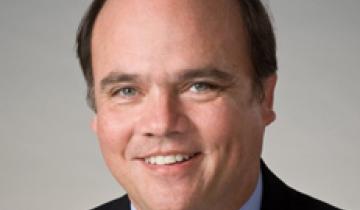
Preparing yourself and your child well for medical appointments means a better experience for everyone. Our “Let’s Talk CP” podcast series continues Cerebral Palsy Foundation host, Cynthia Frisina talking with Physiatrist Dr. Lisa Thornton about cerebral palsy, spasticity and what to expect at many kinds of medical appointments. Questions include what to expect when procedures like botulinum toxin injections are recommended, how to talk with a clinician when “little ears” are listening, and much more. This episode is made possible with the support of Ipsen Biopharmaceuticals.
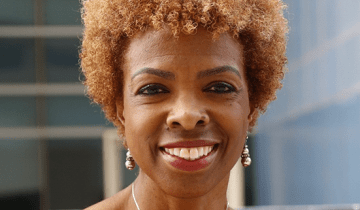
Welcome! The Cerebral Palsy Foundation is connecting the Cerebral Palsy community one podcast at a time with “Let’s Talk CP” - the new podcast series bringing you education, conversation, support and much more on a variety of topics. Join Jason Benetti, White Sox and ESPN sports announcer, and friends, as we get real with families, clinicians and researchers asking the questions you want to know about your CP journey. We’re all in this together.
Spasticity is usually caused by central nervous system injuries, such as brain injuries or spinal cord injuries. Spasticity is a little different from stiffness.
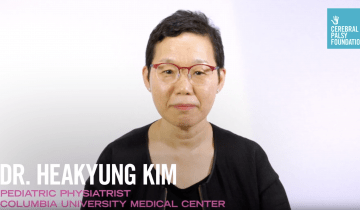
This podcast is a place for conversations with experts about issues related to cerebral palsy that affect health, fitness, function and participation. We will cover a range of topics including: treatments and therapies, nutrition, neuroplasticity, genetics, exercise and fitness, adaptive sports, accessibility, and new trends.
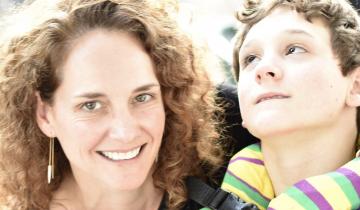
Cerebral palsy refers to a group of conditions that are caused by problems in brain development and that affect how movement and motor control happen in children. Problems with walking and talking are often the way people start a conversation about cerebral palsy.
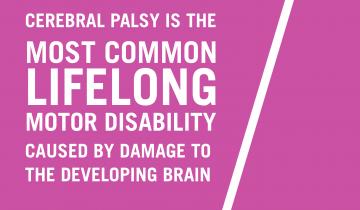
When it comes to preparing your child for Botulinum Toxin injections, the first most important thing to remember is to know your child.
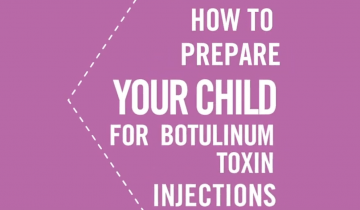
If you’re a history nerd like me, then you probably wondered about the origin of cerebral palsy at least once in your life. As an ever-inquisitive kid, that was certainly at the forefront of my mind, especially when I was old enough to truly comprehend that I had CP.
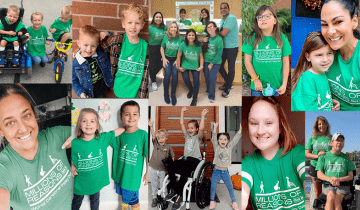
Cerebral Palsy can be described by the way it affects movement and motor function, the part of the body affected and by how severe the impact is.
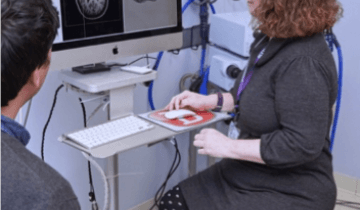
For some the day-to-day problems faced by children and adults with cerebral palsy, and their carers, are not motor ones alone. It is important that you discuss other areas of your child's development if you have concerns.
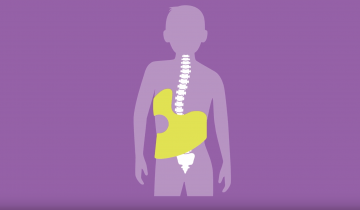
When treating a child with CP, part of a pediatrician’s job is assessing and treating children with abnormal tone difficulties, as well as other muscular-skeletal problems. From around the age of two years, kids start to develop difficulties with muscle tone that can have an impact on their hip development.
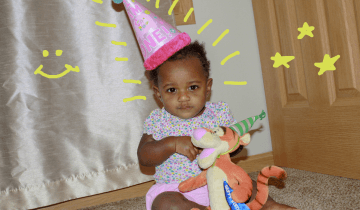
Cerebral palsy is a damage to the developing brain in the motor part of the brain. Individuals with cerebral palsy have problems with weakness and sometimes also involuntary movements.
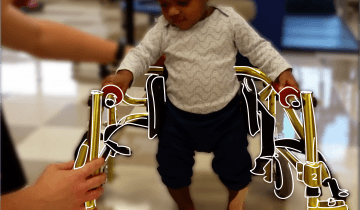
Spasticity is a condition of muscles that is a velocity resistance to stretch. What that means to a child and to a parent is that if you move the limb slowly, you have a difference than if you move that limb fast. Spasticity restricts movement and it creates a break on the system. It's as if they're trying to move, but they're held back. By treating spasticity, you may improve the range of motion or the action of the movement.
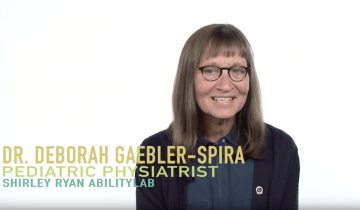
It is important to understand the brain injury for each individual person, because they can be really different. Where the injury is can give us important clues to what motor problems that individual will have. The time you have the biggest risk to having a stroke is as a baby, not as an adult so it is important to understand what may be happening in the infants brain.
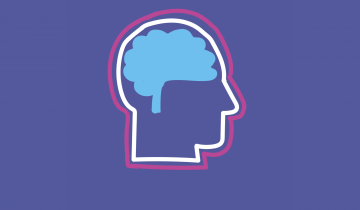
The World Health Organization has developed the ‘International Classification of Function’. This gives us a way to think about any health condition. Here we can see many ideas that we need to think about with CP. We can also see how these many ideas are connected to one another.
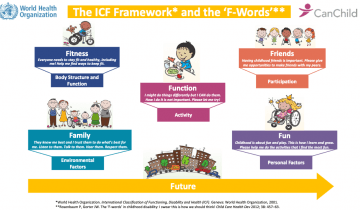
There are some medical conditions or events that can happen during pregnancy, delivery, or shortly thereafter that may increase a baby's risk of being born with cerebral palsy.
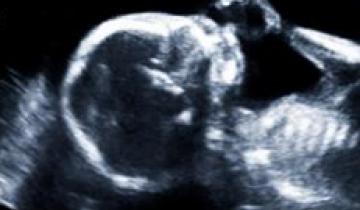
Cerebral Palsy affects body movement, muscle control, muscle coordination, muscle tone, reflex, posture and balance. Depending on the part of the brain that is injured depends on how someone’s muscle tone will be effected. For people with spastic CP they have increased muscle tone because of the part of the brain that's injured. If causes very tight muscles which in turn effects the movement of the joints and of the limbs. For others who have dyskinetic CP they lose the ability to have voluntary control over their muscles, and they can have jerky and uncontrolled movement patterns.
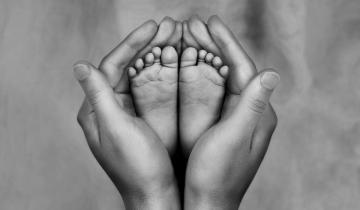
If your child has cerebral palsy, there's a good chance that he or she will have a hip x-ray at some point or they may even require regular hip x-rays. It is important for you to understand the different components of a hip x-ray. Your doctor will be looking at the hip joint itself as well how well the bones are growing.
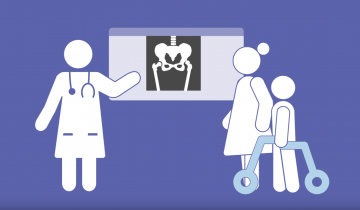
As an orthopedic surgeon I take care of children from the time they're born all the way through to adulthood . My oldest patient I have is 87 years old. As part of my practice I'm able to take care of all of their musculoskeletal problems, their problems with their bones and their joints.
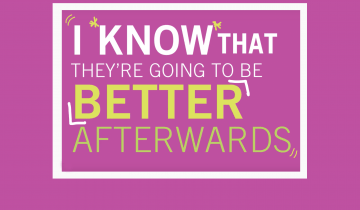
The spine is made up of many individual bones called vertebrae joined together by muscles and ligaments. Flat, soft discs separate and cushion the vertebrae from rubbing against each other. Because the vertebrae are separate, the spine is flexible and can bend. Together the vertebrae, discs, muscles, and ligaments make up the vertebral column or spine.

A child may need one or several different types of treatment depending on how severe the symptoms are and what parts of the body are affected. Early intervention and treatment may help to improve function for the nervous system and musculoskeletal system.
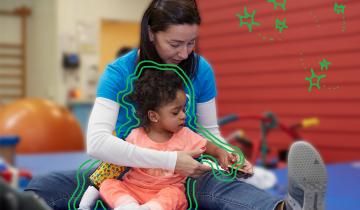
Infants with CP frequently have developmental and motor delays, in which they are slow to reach milestones such as learning to roll over, sit, crawl, or walk. The symptoms of CP differ in type and severity from one person to the next, and may even change in an individual over time.

